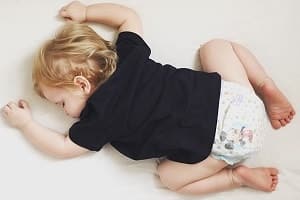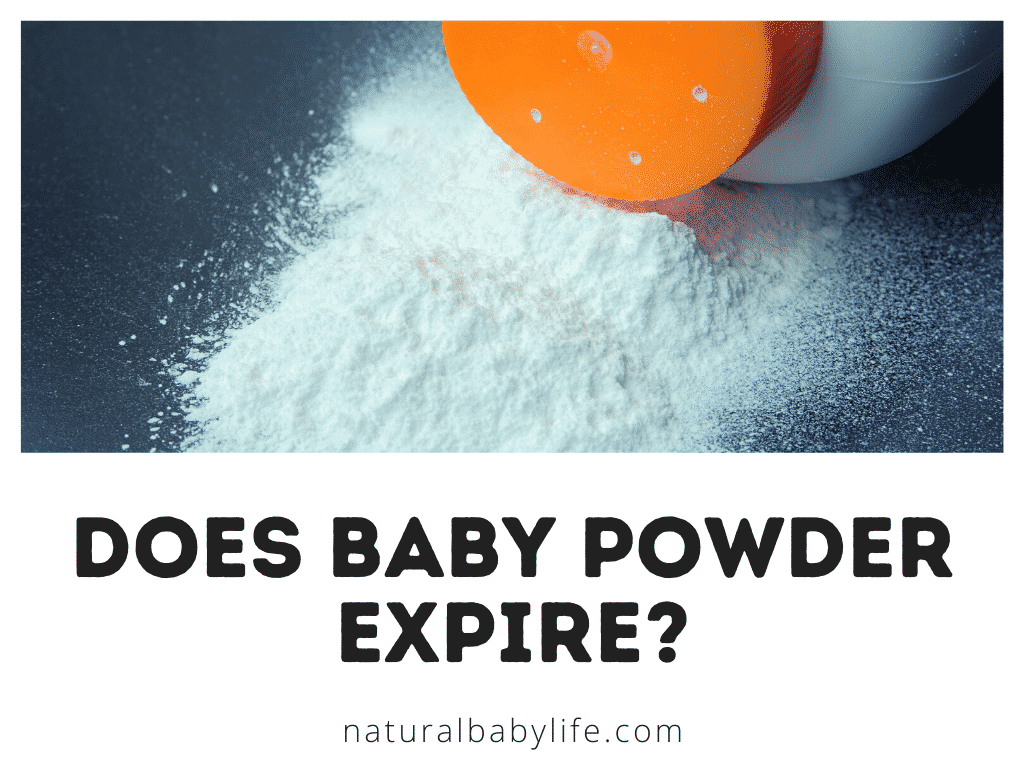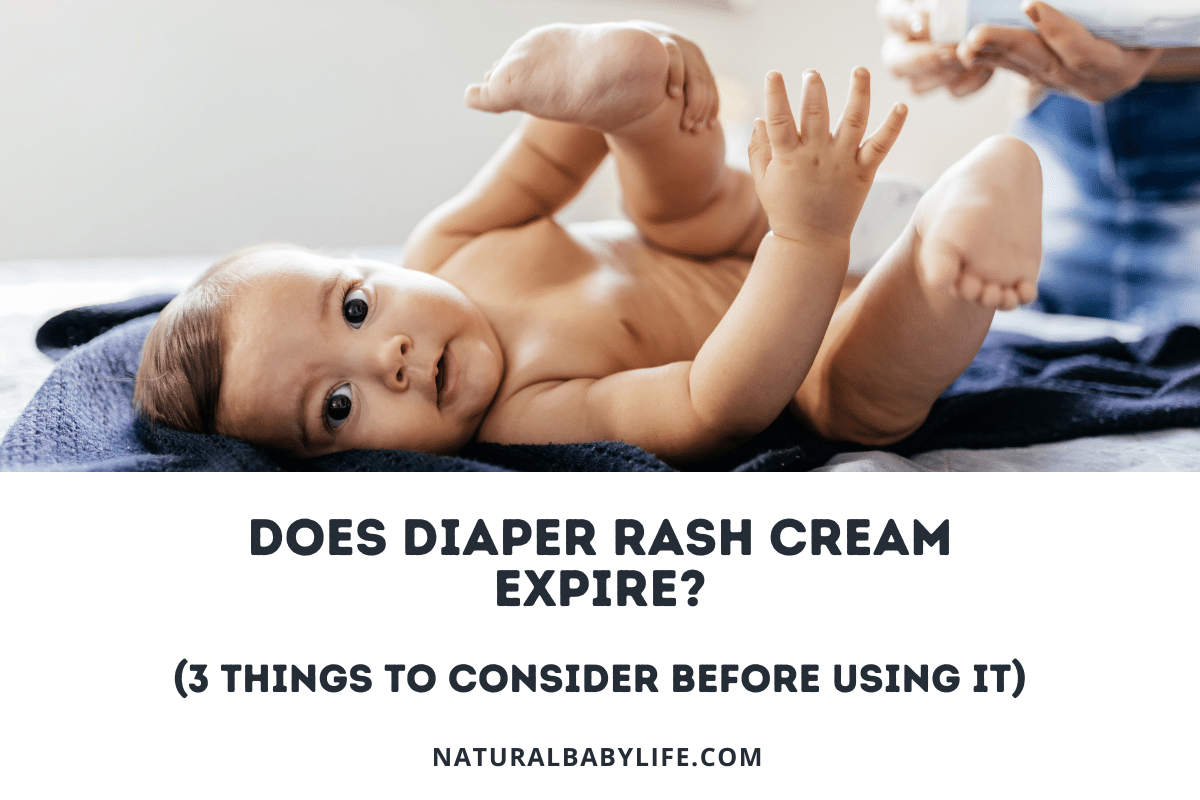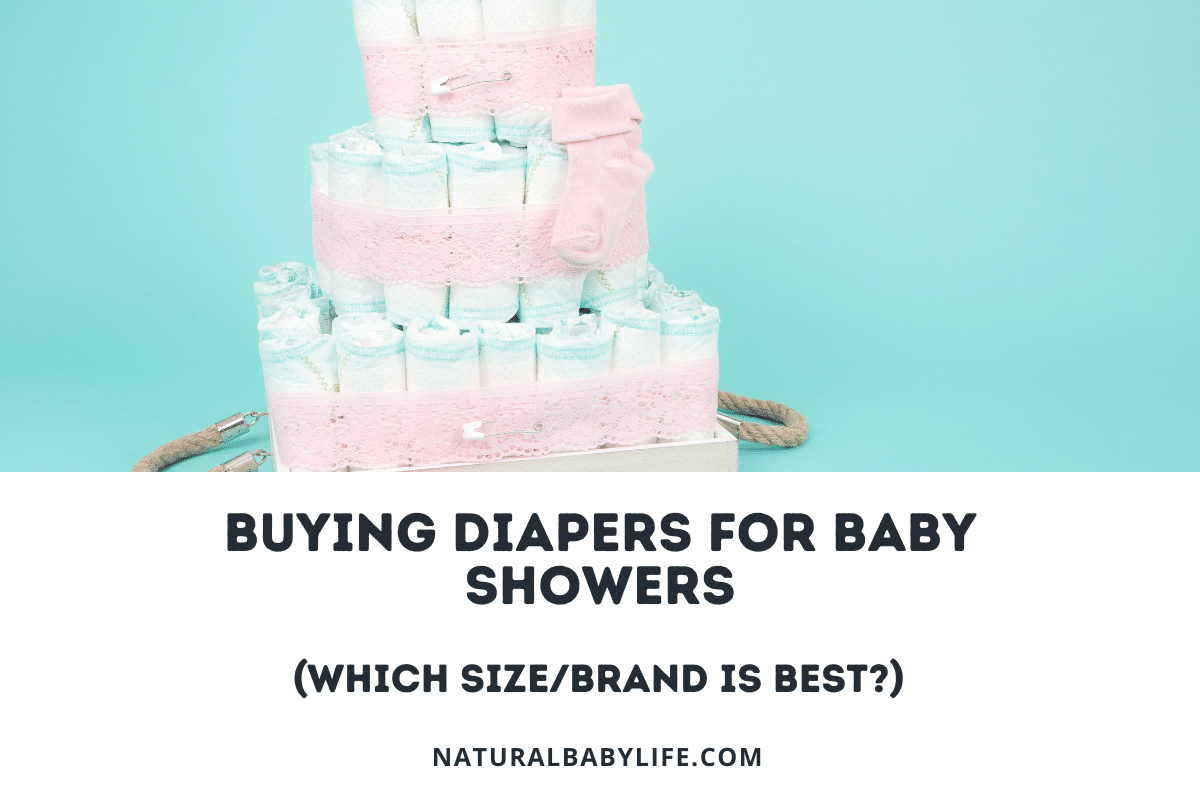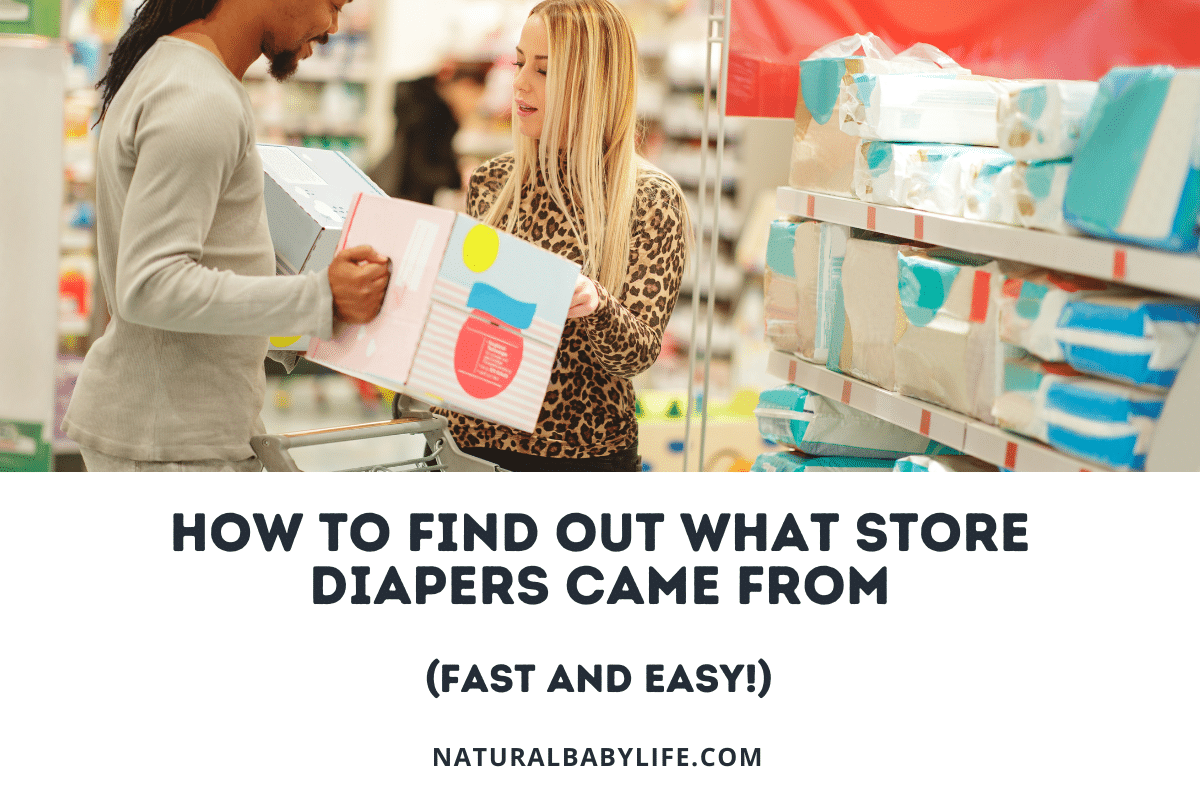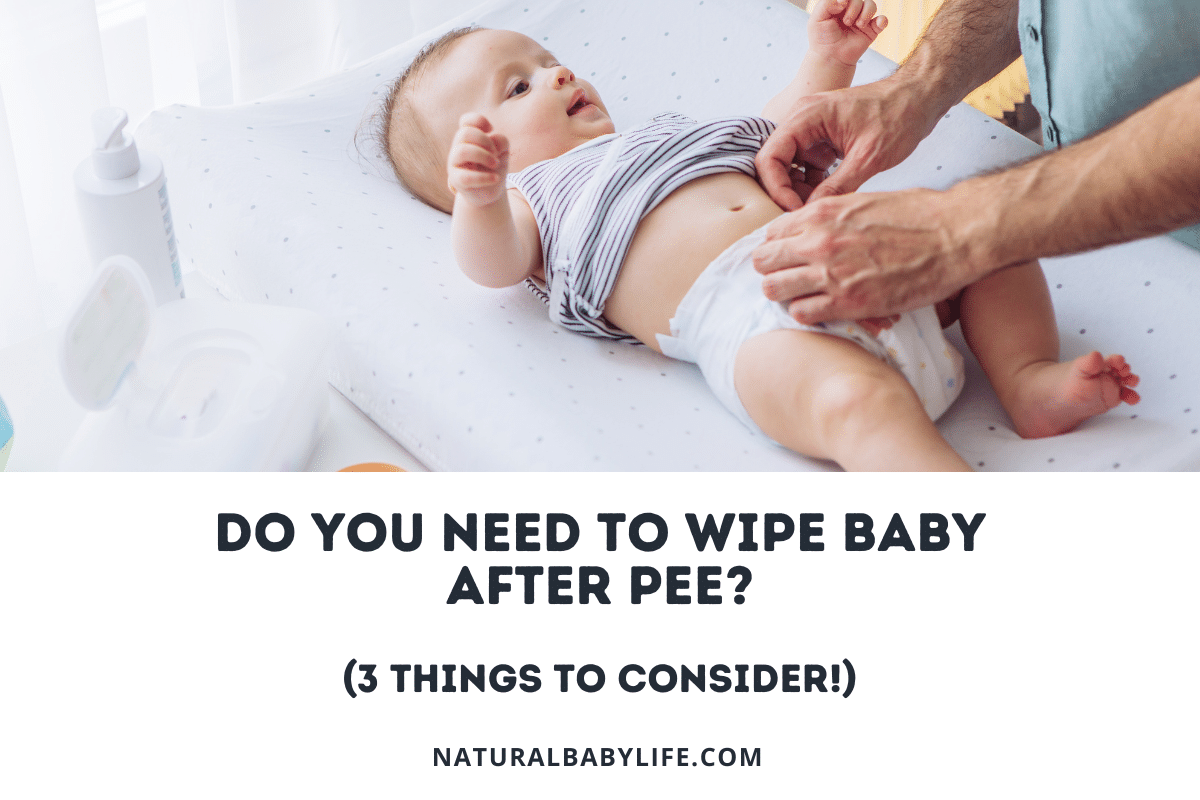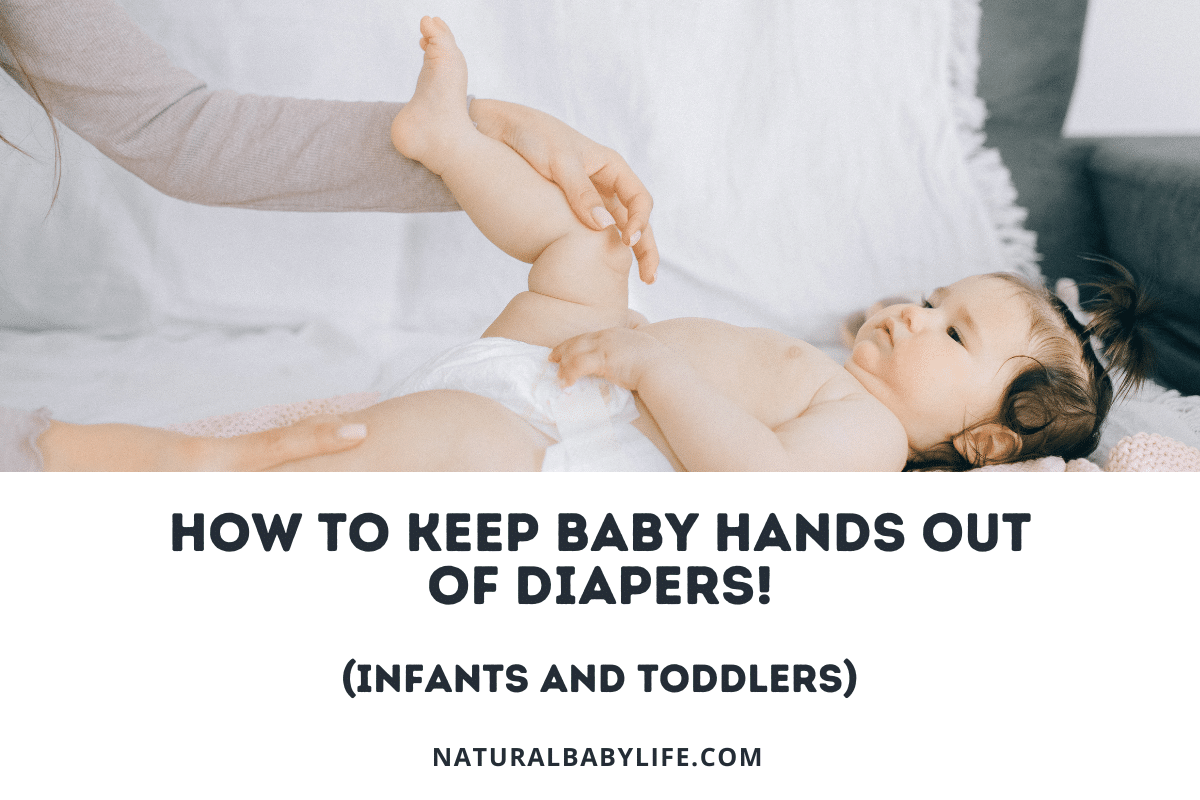The diaper aisle in a store can be an intimidating place for even the most seasoned parents. When my girls were still babies, I distinctly remember standing in a store once for several minutes trying to determine the difference between diapers vs pull-ups and whether or not I needed them at all.
With diapers vs pull-ups, the biggest difference is that pull-up-style diapers often include an elastic band that lets them slip on and off like regular underwear more easily. Some versions keep the adhesive strip on them similar to normal diapers while others can be torn away similar to a swim diaper. Typically, they are used when potty training.
Parents have to make a lot of choices when it comes to taking care of their little babies so I like to try and help explain things so that you don’t have to stress as much over every little thing. Let’s check out why you might want to use pull-ups in the first place, some information about them, and whether or not they cost more than regular diapers.
Table of Contents
The real difference between diapers vs pull-ups
Like I said before, the biggest difference between regular diapers vs pull-ups is that they are meant to be taken on and off like regular underwear. By eliminating the adhesive strips, older toddlers are less likely to be able to take their diaper off by pulling off the adhesive strips, but gives them practice while they are potty training. To make things simple, we’ll just talk about the disposable style of pull-ups that you’re likely to find in the store on the diaper aisle.
I should also point out here that the term ‘pull-ups’ is branded by Huggies and isn’t technically isn’t really the name for this style of diaper even though most people just use it for everything. Pampers uses the ‘easy ups’ term and The Honest Company calls them ‘training pants’ but they are all a similar design.
You’ll commonly find these features on a pull-up diaper:
- Cut to look like and fit more like regular underwear (panties or ‘tighty-whities’).
- Elastic all around the entire waistband of the diaper so they can easily stretch when taken on or off.
- Velcro sides to assist in removal.
- Tear-away sides on the elastic similar to a swim diaper. This lets you take them off in a hurry with less mess if there is a number two!
- Wetness indicators or other disappearing/appearing designs when wet.
- A cooling sensation when wet to help alert the child and help them recognize when they are going to the potty.
Are pull-ups more expensive than regular diapers?
One of the biggest preconceptions I had about diapers vs pull-ups is that the pull-ups were just plain more expensive than the regular version.
As it turns out, I was right about this one, but it’s really not that big of a difference when you really look at the prices. I did a little research to see just how the most popular brands would stack up if I was going to choose between their two options. Of course, it’s definitely possible to find MUCH cheaper diapers out there besides just the big name brands. Comparing a store brand diaper to a name brand pull-up, for instance, is probably going to cause a much bigger gap in price. I’m trying to keep it apples-to-apples for comparison’s sake.
To keep it as close as possible, I chose to compare the size 4 regular diapers to the size 2T pull-ups because they are designed for babies with the same weight. When you get into the pull-ups realm, the sizes start looking like clothing! I also chose the biggest, most economical bulk option to get the prices as low as possible.
- Regular Huggies vs Huggies Pull-Ups – With this brand, the pull-ups are about $.08 more per diaper than their regular version.
- Regular Pampers vs Pampers Easy Ups – Pampers only showed about a $.01 difference between their offerings.
- The Honest Company diapers vs Training Pants – About a $.02 difference between the two options.
As you can see, it’s not too big of a difference, really. Also, prices are always changing a little here or there so if you want to get the most up-to-date pricing and reviews check out the pull-ups category on Amazon to see all of the options and prices while you are comparing diapers vs pull-ups.
Because I’m always on the lookout for the safest and most natural option, my personal recommendation on Amazon would be The Honest Company’s training pants because they are made from ec0-friendly materials and avoid using chlorine, latex, PVC, fragrances, phthalates, and other harsh additives commonly found in baby products!
When to use pull-up diapers
You can start using pull-up diapers as soon as you and your baby are ready.
Typically, babies will be ready to use pull-ups when they are ready to start potty training which is usually around 18-24 months. Don’t be surprised if yours isn’t ready until they are almost three, however, especially if you have a boy!
Keep a lookout for the most common signs that your baby is ready to start potty training:
- She shows interest in using the toilet and figuring out how it works
- He can already pull his diaper down and pull it back up
- She can tell you when she has to use the bathroom before she goes
- He can understand your directions and communicate during the process
- Your baby can keep a diaper dry for at least two hours
- Your baby has a dry diaper in the morning but then immediately pees when waking up
What are the pull-ups diaper sizes?
Since pull-ups aren’t really meant for newborns and infants, don’t expect to find smaller sizes when you go shopping.
Typically, sizes for pull-ups will start at 12 months and go up to about 5T.
Here are the most common sizes for pull-ups along with the corresponding weight recommendations:
- 12M – 24M (14-26 pounds/6-13 kilograms)
- 2T – 3T (18-34 pounds/8-15 kilograms)
- 3T – 4T (32-40 pounds/15-18 kilograms)
- 4T – 5T (38-50 pounds/17-25 kilograms)
Some brands may offer sizes slightly outside of this range, but this is a good idea of what you’ll find when you start looking.
Are pull-ups as absorbent as diapers?
If you listen to the manufacturer’s making the pull-ups, the answer to this question will be “Yes!”
If you listen to anecdotal evidence from personal experience along with tons of other moms and dads on forums, the answer to this question will be “No!”
In reality, pull-ups are probably going to be less absorbent than regular diapers because they are cut smaller and meant to provide more feedback to the baby when they go to the potty.
Essentially, regular diapers focus on absorbing wetness immediately while pull-ups want the baby to feel some of that wetness before it gets soaked up. If they feel their potties, so the theory goes, they can start to get a better grip on the whole potty training thing because they have the sensation that they’ve wet themselves. For those of you trying to actively potty train your little one, this probably won’t be a big deal because you will likely start during the daytime and you’ll be watching them like a hawk anyway. This makes the probability of a leak pretty low.
If you aren’t actively potty training, then pull-ups are probably just going to cause you trouble compared to a regular diaper because they will leak more in general. Of course, not all brands are created equally and it’s possible that you’ll find some pull-ups that do a wonderful job at preventing leaks. The best strategy is to research and try a few brands to see what works for you and your baby!
Can you use pull-ups at night?
Since we’ve determined that pull-ups are probably not quite as absorbent as you are used to with regular diapers, you’ll need to be VERY MINDFUL of using them at night because you’ll be much more likely to run into a leak. This is especially true if you’ve had problems with leaks before using regular diapers.
Most babies tend to fill a diaper up to the brim overnight because we’re not around to change them as often. Some babies even need the extra support of a special overnight diaper, absorbent inserts, or other tactics to keep them dry until the morning. In the worst cases, mommy and daddy might have to even schedule diaper changes in the middle of the night to help prevent this!

